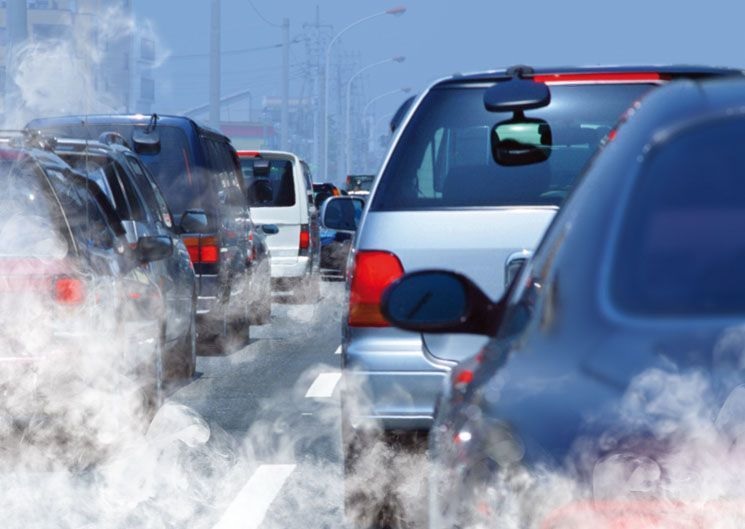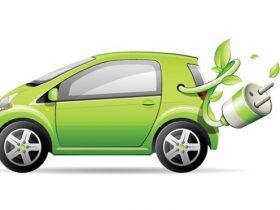The problem of CO2 Emissions.
In September 2013, over 40 Dutch organisations, including local governments, employers, unions, nature and environment organisations and financial institutes, entered into an Energy Agreement on sustainable growth (SER, 2013). The base of the agreement is formed by widely shared agreements on energy saving, clean technology and climate policy. Implementation of the agreed measures are to result in an affordable and clean energy supply, and will boost employment and opportunities for the Netherlands on the market for clean technology. The mobility and transport sector has a key role in the agreement. For 2020, the sector aims for a sizeable energy saving that, in addition to other measures, is to be achieved by the introduction of 100,000 very low-emission vehicles for car sharing. Whether and to what degree the introduction of this number of car-sharing vehicles in practice will contribute to energy and climate targets is unknown. The only comprehensive Dutch study into the environmental and mobility impact of car sharing is fairly dated (Meijkamp, 1998). Today, we know that that study’s estimation of the impact of car sharing was based on overly optimistic assumptions on technological developments. Moreover, the environmental impact of changes in car ownership was not taken into account, and the study was based on the behaviour of a limited group of early adopters, possibly with deviating behaviour; car sharing in those days was still in its infancy. However, even current car sharers do not represent the average Dutch person. Usually, they live in cities and, compared to the average, are higher educated, do not own their own car, and are single or have a young family. The reasons most often mentioned for car sharing appear to be the costs and hassle of car ownership. PBL has studied the impact of car sharing on mobility and the environment for the Dutch situation.
The main conclusions of the study are the following ones:
– There is over 30% less car ownership among car sharers than before they began car sharing. The ‘traditional’ car sharers, in particular, often indicated that they had since disposed of a privately owned car. The shared car mostly replaces a second or third car.
– Car sharers drive around 15% to 20% fewer car kilometres than before they started car sharing. This is mostly due to the fact that people who have disposed of a car now drive considerably less. The journeys that are now being made by shared car, before were made predominately by train or by using a borrowed or rented car.
– Car sharers emit between 175 and 265 fewer kilograms of CO2 per person, per year, due to their reduced car ownership. This is between 8% and 13% of the CO2 emissions related to car ownership and car use. About half of this reduction can be ascribed to less car use; the other half to the lower degree of car ownership.
In March 2014, there were around 10,000 shared cars on the Dutch roads. Scaling up to 100,000 shared cars would therefore mean a tenfold increase in the current number. If the number of people per shared car would remain the same, this would equal around 10% of all motorists becoming car sharers. This, in turn, would lead to a 0.2 to 0.3 Mt reduction in CO2 emissions. Around half of this reduction can be counted towards the reduction target in the Energy Agreement.It is therefore likely that scaling up car sharing, as is the Energy Agreement’s intention, will contribute to a reduction in greenhouse gases.
Please note, this is the summary of the study conducted by Hans Nijland, Jordy van Meerkerk and Anco Hoen. You can read the full study at: http://www.pbl.nl/sites/default/files/cms/publicaties/PBL_2015_Note%20Impact%20of%20car%20sharing_1842.pdf















